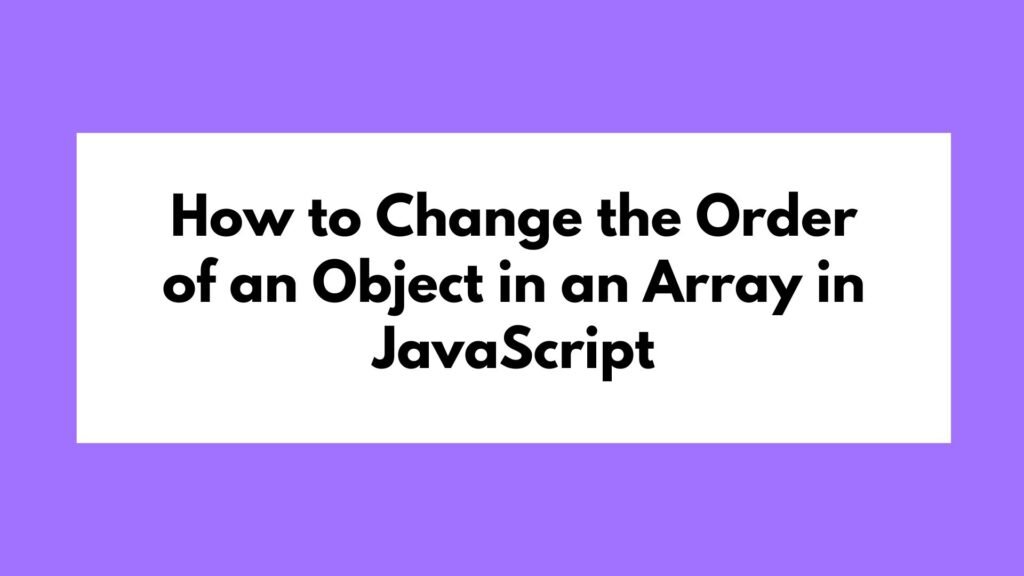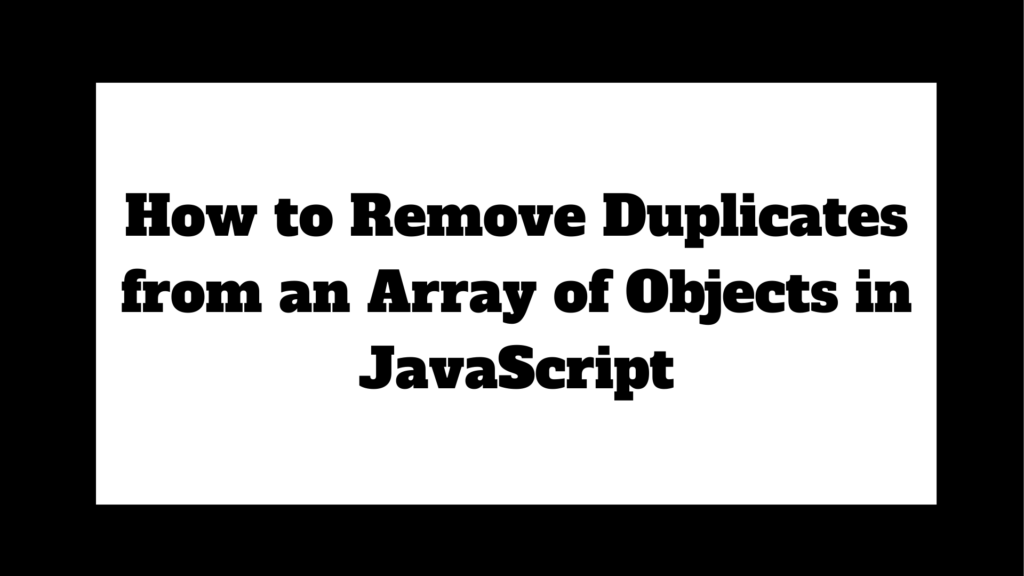
Determining whether an object is empty is a common task in JavaScript programming. An empty object is one that has no enumerable properties. This guide will cover various methods to check if an object is empty, with detailed explanations and code examples for each approach.
let obj = {};
let isEmpty = Object.keys(obj).length === 0;
console.log(isEmpty); // true
To check if an object is empty in JavaScript, you can use Object.keys():
Methods on How to Check if an Object is Empty in JavaScript
In JavaScript, objects are often used to store collections of data. Knowing whether an object is empty is crucial for various operations, such as validating inputs, controlling program flow, and optimizing performance. This guide explores different methods to determine if an object is empty, ensuring your code remains efficient and readable.
Using Object.keys()
The Object.keys() method returns an array of a given object’s own enumerable property names. If the length of this array is 0, the object is empty.
Example 1: Checking with Object.keys()
let obj = {};
let isEmpty = Object.keys(obj).length === 0;
console.log(isEmpty); // true
obj = { a: 1 };
isEmpty = Object.keys(obj).length === 0;
console.log(isEmpty); // false
Explanation:
Object.keys(obj): Returns an array of the object’s own enumerable property names.Object.keys(obj).length === 0: Checks if the array length is 0, indicating the object is empty.
Using Object.entries()
The Object.entries() method returns an array of a given object’s own enumerable string-keyed property [key, value] pairs. If the length of this array is 0, the object is empty.
Example 2: Checking with Object.entries()
let obj = {};
let isEmpty = Object.entries(obj).length === 0;
console.log(isEmpty); // true
obj = { a: 1 };
isEmpty = Object.entries(obj).length === 0;
console.log(isEmpty); // false
Explanation:
Object.entries(obj): Returns an array of the object’s own enumerable property [key, value] pairs.Object.entries(obj).length === 0: Checks if the array length is 0, indicating the object is empty.
Using for…in Loop
The for...in loop iterates over all enumerable properties of an object. If no properties are found, the object is empty.
Example 3: Checking with for…in Loop
let obj = {};
let isEmpty = true;
for (let key in obj) {
if (obj.hasOwnProperty(key)) {
isEmpty = false;
break;
}
}
console.log(isEmpty); // true
obj = { a: 1 };
isEmpty = true;
for (let key in obj) {
if (obj.hasOwnProperty(key)) {
isEmpty = false;
break;
}
}
console.log(isEmpty); // false
Explanation:
for (let key in obj): Iterates over all enumerable properties of the object.obj.hasOwnProperty(key): Checks if the property belongs to the object itself, not its prototype chain.- If any property is found,
isEmptyis set tofalse.
Using JSON.stringify()
The JSON.stringify() method converts a JavaScript object to a JSON string. An empty object will be converted to {}.
Example 4: Checking with JSON.stringify()
let obj = {};
let isEmpty = JSON.stringify(obj) === '{}';
console.log(isEmpty); // true
obj = { a: 1 };
isEmpty = JSON.stringify(obj) === '{}';
console.log(isEmpty); // false
Explanation:
JSON.stringify(obj): Converts the object to a JSON string.JSON.stringify(obj) === '{}': Checks if the JSON string is{}, indicating the object is empty.
Conclusion
Checking if an object is empty in JavaScript can be accomplished using various methods, each with its own advantages. Whether using Object.keys(), Object.entries(), a for...in loop, or JSON.stringify(), understanding these techniques ensures you can accurately determine if an object is empty, making your code more robust and maintainable. Choose the method that best fits your needs and coding style.


